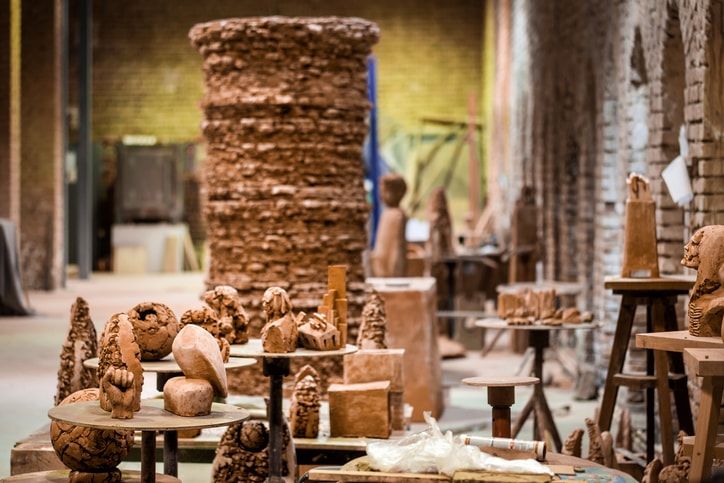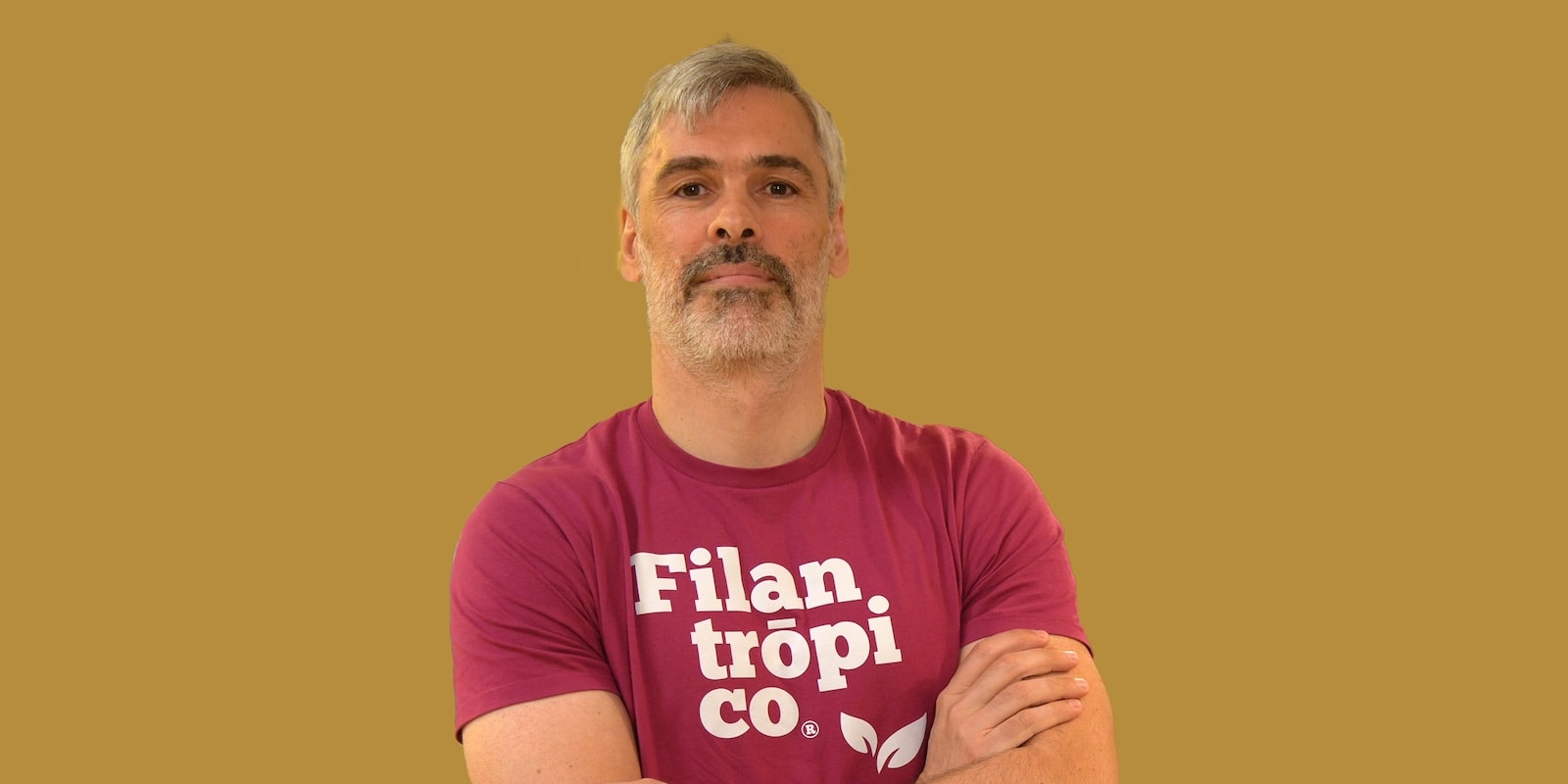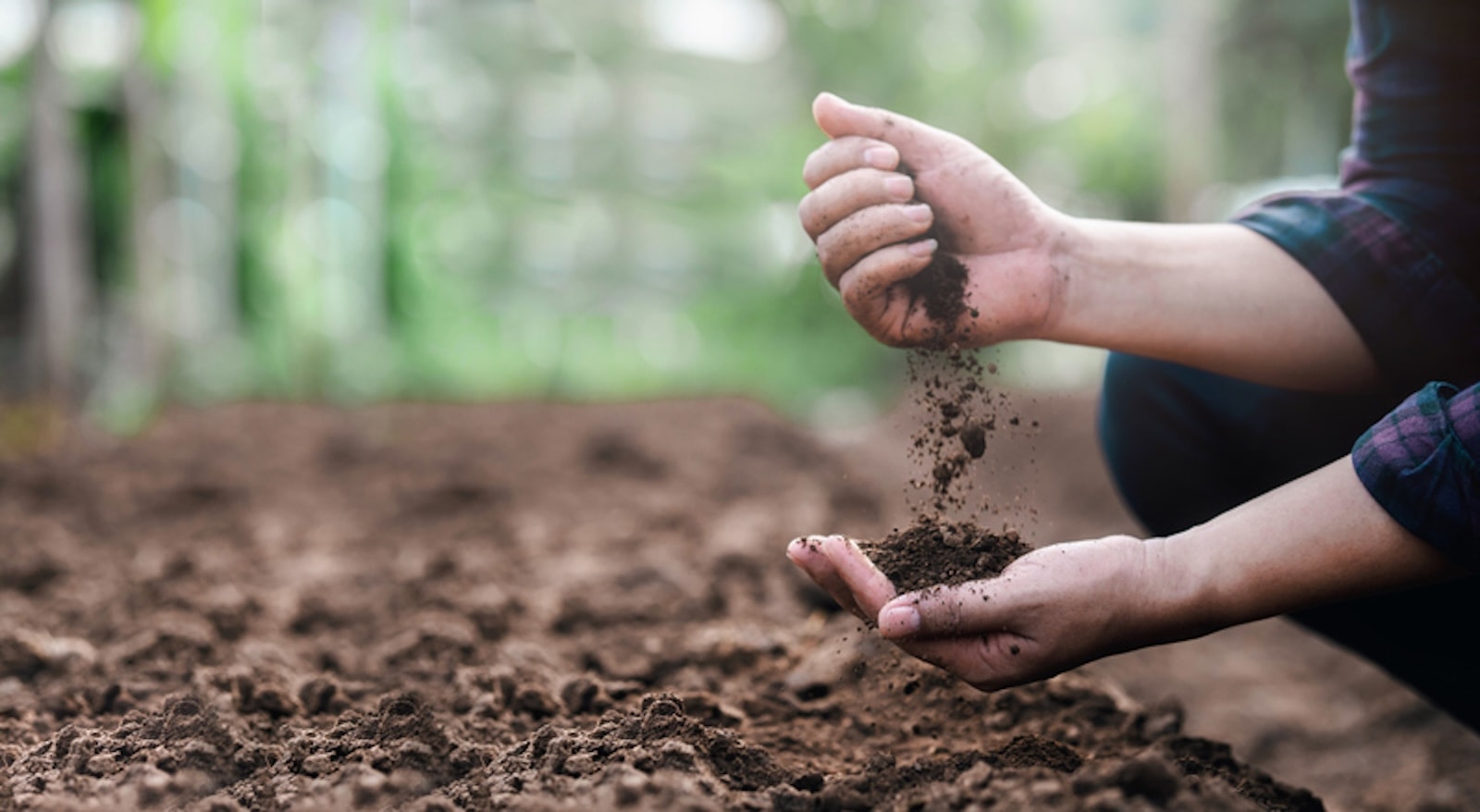Wednesday, May 14, 2025
Reusing materials as artistic expression reflects a society more aware of the environment and its future
By Miguel Ángel García Vega
The past of history, the history of the past. To understand a recent artistic movement like upcycling, which aims to use waste to give it a new value, we have to travel back more than half a century to the 1964 Venice Biennale. For the first time, the award was won by an American artist. Paris put an end to its geographical and geopolitical hegemony in artistic creation. A new world order was consecrated. A young man called Robert Rauschenberg (1924-2008) presented a bold idea. He called them combine paintings. On a single canvas, he incorporated sculpture, collage, found objects such as a bedspread, a pillow and pencil drawings. It went beyond the famous arte povera (poor art), which was based on using waste elements as they were. However, they were not used in such radical a way as Rauschenberg used them. The American changed the course of art forever.
“In a certain way, the two artistic movements have points in common, but upcycling, or the creative circular economy (that is, the creation of economic value without extracting resources or generating waste), goes a step further because, in principle, it uses all waste, something that was not the case with Rauschenberg’s proposals or with Italian arte povera,” reflects Francisco Cantos, a Spanish collector who has more than 400 works of national and international art in his collection. He adds: “They could use a cardboard box, but usually it was a part; a piece.” They also protected the material to prevent its degeneration. A problem that the povera artists and even Rauschenberg soon became aware of. Sooner or later, cardboard ends up decomposing or changing. It is unavoidable. Artists like Antoni Tàpies (1923-2012) used translucent resin to solve this issue. Today, there are more sustainable materials that offer the same protective effect. And museums use it to safeguard collages by Picasso and George Braque which include elements of waste that are almost a century old.
Other voices pushed for this new perspective in 2002, when William McDonough (architect) and Michael Braungart (chemist) published their book Cradle to Cradle: Remaking the Way We Make Things (McGraw-Hill). However, regardless of who invented the term, it has been part of the art world for decades. “Great art is that which understands the reality in which it exists and anticipates it,” observes Inma Prieto, director of the Tàpies Foundation. And she finishes: “The Catalan master understood this early on.”
In Spain, one of the best-known groups is Basurama, represented by gallerist Moisés Pérez de Albéniz, in his space on calle Doctor Fourquet in Madrid. Since 2001, they have been giving waste a second artistic life. With their beginnings at the Madrid School of Architecture (ETSAM), the group has expanded its proposal beyond creation towards their native space: architecture. After all, the group is made up of architects and an environmental scientist and is known for offering a different perspective. “We always say that trash is a state, a label, that is placed on something when it is no longer useful for someone at a certain moment,” says Mónica Gutiérrez, member of Basurama. “To us, garbage allows us to reflect on our individual and collective identity, on the processes of production, consumption and disposal, on memory, material and its possibilities. To imagine outside of established frameworks and create using available materials. Working with trash arose from a need, but also from an awareness of abundance and overwhelming waste.” They know the materials they work with well. “In the world of art, discarded or waste materials have been used for years, but in any case, upcycling, or the circular economy, is sometimes more present than we imagine, but not evidenced or visualized.” And Mónica goes even further: “We are not interested in producing for the sake of producing. We see our practice as a tool for reflection, transformation, and creation of possibilities and imaginaries, as well as for generating critical awareness. That is why in many of our projects, the participation of other voices, nearby communities, neighbors, associations or students is essential because we go from being consumers to creators, we go from being consumers to caretakers and there, in that process, is where transformation can occur.” Essentially, the circular economy, as applied to art or other creative practices, not only seeks to close the life cycle of products, but also proposes a regenerative system in which economic growth is decoupled from the consumption of finite resources. Thus, in addition to benefitting the environment—according to Esade business school—new business opportunities are created, reducing the dependence on raw materials and creating solid foundations for achieving economic development that is more resilient and sustainable over time.
Now, if there is a Spanish artist who has been working in this creative line for more than two long decades, and has explored upcycling, it is undoubtedly Madrid-born Daniel Canogar, through a multitude of media. He studied in both the Spanish capital and in Los Angeles, and he has used old DVDs (Sikka Ingentium, 2017), old cell phones (GSM, 2014), and discarded LED lights (Snyc, 2016) in order to create contemporary art pieces. And he has noticed a change. “There are more and more special orders coming from private companies: works designed for display in atriums, offices, or newly constructed headquarters. We are talking about the main source of income for my studio. They are pieces that are also part of the KfW Bank collection in Frankfurt or Fidelity Investments in Boston. However, they are intimately linked to the space’s architecture and its sustainability,” Canogar emphasizes.
Upcycling shows that human beings are the architects of their own future. In an era where waste reaches unsustainable proportions—according to former director of the Reina Sofía Museum, Manuel Borja-Villel—the opposite approach can also be considered. Human beings are capable of creating the problem and, at the same time, of finding the solution. In the extraordinary works by Chilean poet and artist Cecilia Vicuña, such as Brain Forest Quipu, exhibited at the Tate Modern in London during 2023, she used fabrics and materials “taken” from the Thames River to create a Quipu. This is an ancient Latin American system for recording and communicating using knotted fabrics. This ancestral form of “speaking” survived, despite Portuguese and Spanish colonization. On this occasion, unthreaded wool, ropes, cardboard and plant fibers are intertwined, like ghosts from the book of short stories El llano en llamas, by Juan Rulfo (1917-1986). River waste that carries the memory of the past to the present.
Miguel Ángel García Vega
He has been writing for EL PAÍS for some 25 years, currently for Cultura, Negocios, El País Semanal, Retina, Suplementos Especiales, and Ideas. His texts have been republished by La Nación (Argentina), La Tercera (Chile) or Le Monde (France). He has received, among others, the AECOC, Accenture, Antonio Moreno Espejo (CNMV) and Ciudad de Badajoz awards.
¿Te ha parecido interesante?





